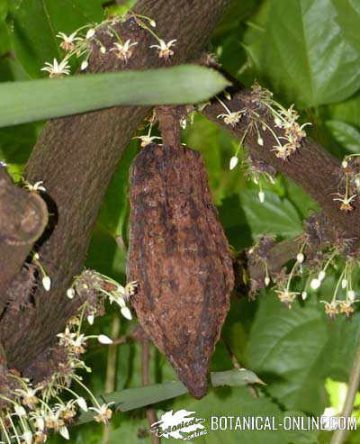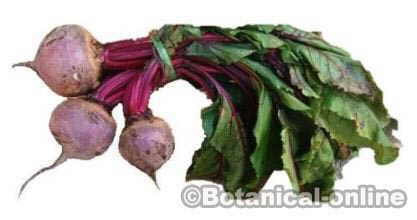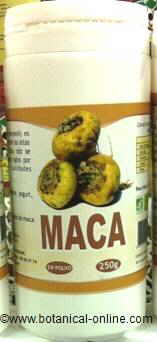Contents
History of cocoa, Legend of cocoa and Hernán Cortés

The Myth of the Quetzalcoatl God: There is an Aztec legend that tells us that the God Quetzalcoatl, a feathered serpent-like divinity, granted the last King of Mexico Moctezuma the tree of cacao so that they could enjoy its properties.
Did the Food of the Gods allow the invasion of America?
The other gods were angry with Quetzalcoatl because they were no longer the sole owners of this elixir of wisdom, so they banished him from the “Olympus of the gods”, promising that he would be admitted after a few years and that he would come from where the sun came, That is, the sea.
Surely the Aztecs were well aware of this legend because in 1520, when Hernan Cortes disembarked, he was received with all the honors of a God, thinking that the man who came from the sea and wore so different from them was God himself Quetzalcoatl. It is said that it is for this reason that the natives offered no resistance to the enemy, quite the contrary, as Cortes says in his diary, they entertained him with great detail.
Among the products offered him, there was what the natives called txocolatl, “a disgusting concoction,” according to Cortes, and which was actually liquid chocolate made with the seeds of cacao, rainwater that had not touched the soil and flour of corn.
Probably, years later, the botanist Linnaeus, knowing this legend and aware of the importance that the cacao tree had for the Aztecs, scientifically named the tree as Theobroma or “food of the gods.”
Importance of cocoa for the Aztecs
The truth is that the fruit of the cocoa was of crucial importance to the Aztecs who not only used it in their religious ceremonies but used it in their daily lives.
This drink, rich in stimulating principles, gave them energy to overcome everyday work, kept them mentally more active, eliminated bodily pains, kept their skin thinner and free from impurities and even helped them to maintain a more frequent and satisfactory sexual relationship.
On the other hand, besides all the symbolic-religious and medicinal properties, the seeds of the cacao tree were used as currency of exchange, with which the economic transactions were paid.
Cocoa for Spanish invaders
The Spanish colonizers were not very enthusiastic about the “drink of the gods”, which they found too bitter and pasty. It seems that one day, perhaps by chance, some Spanish monks from the mission of Oaxaca, discovered that the flavor of this brew changed a lot when mixed with cane sugar.
In the sixteenth century, the discovery was made known in the Spanish court of Charles V and the nobility was enthusiastic about the properties and flavor of the new food. From then on, the “food of the gods” ceased to be a privilege of Mesoamerican culture and began its journey and expansion throughout the world.
*Related information: Cocoa tree characteristics
![]() More information on cocoa and chocolate
More information on cocoa and chocolate
23 June, 2025







